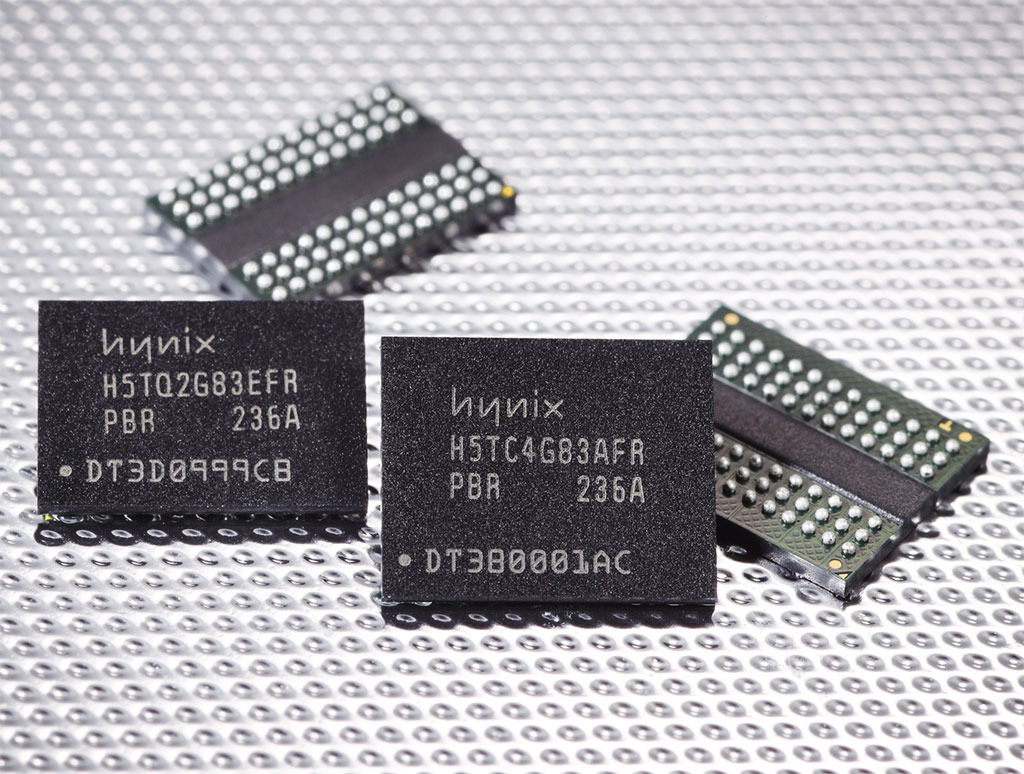According to law firm Hagens Berman, competition between between Samsung, Micron and Hynix were forcing prices to drop on RAM, despite record demand for the memory. Starting the first calendar quarter of 2016 and through the third quarter of 2017, Hagens Berman alleges that the trio's revenues from global DRAM sales more than doubled as a result of the production decrease and price-fixing scheme.
Samsung, Micron and Hynix collectively controlled 96 percent of the worldwide DRAM market share as of the middle of 2017. When the Chinese government announced an investigation into the matter in 2017, the "conduct changed abruptly," according to the court filing.
"What we've uncovered in the DRAM market is a classic antitrust, price-fixing scheme in which a small number of kingpin corporations hold the lion's share of the market," said Hagens Berman managing partner Steve Berman. "Instead of playing by the rules, Samsung, Micron and Hynix chose to put consumers in a chokehold, wringing the market for more profit."
DRAM saw a 47 percent jump in price in 2017, the largest jump in 30 years.
The class action applies to anyone in the U.S. who purchased a device using DRAM — including Macs, iPads, and iPhones — between July 1, 2016 and Feb. 1, 2018.
Hagens Berman achieved a $300 million settlement for purchasers who had been forced to pay artificially high prices in a suit in 2006 against DRAM manufacturers. In the Department of Justice's case, defendants were convicted for conspiring to fix prices of DRAM. Samsung and Hynix pleaded guilty to the DOJ's charges and paid paid a collective $731 million in criminal fines, and served a collective 3,185 days of jail time.
2018-04-27 Dram Class Action Complaint by Mike Wuerthele on Scribd
 Mike Wuerthele
Mike Wuerthele

-m.jpg)






 William Gallagher
William Gallagher

 Andrew O'Hara
Andrew O'Hara
 Wesley Hilliard
Wesley Hilliard

 Malcolm Owen
Malcolm Owen
 Marko Zivkovic
Marko Zivkovic





-m.jpg)




34 Comments
Of course, we the end users will see maybe a buck or two at most out of this.
money! money! money!
The law firm forgot to include Apple in the law suit. Apple doubled the base memory of iPhone to 32 GB from 16 GB in iPhone 7. Since Apple is the leader in smartphone, all Android smartphone copycats followed. This caused a tremendous increase in NAND demand thus a supply demand imbalance. Similar thing happened in DRAM.